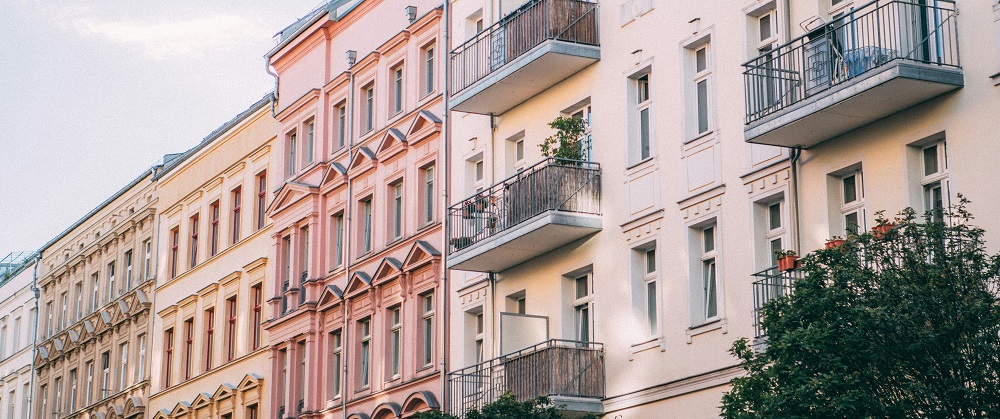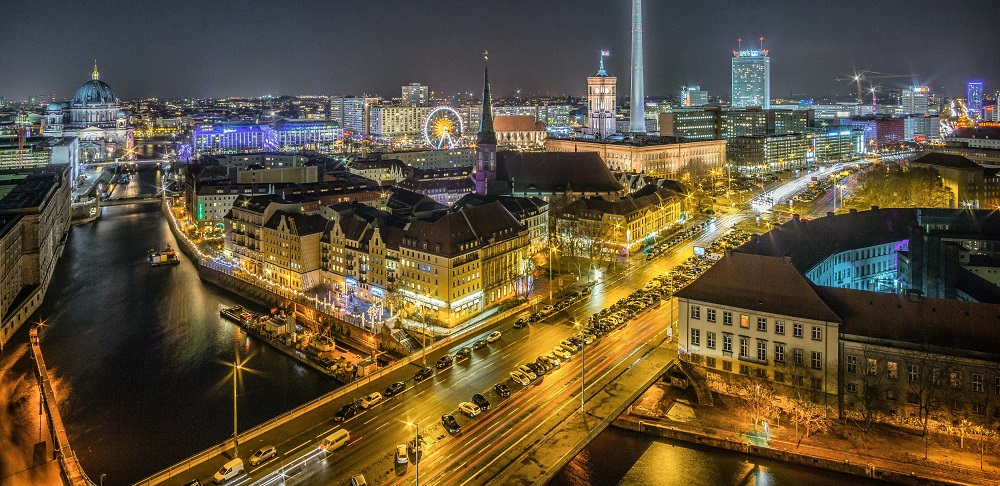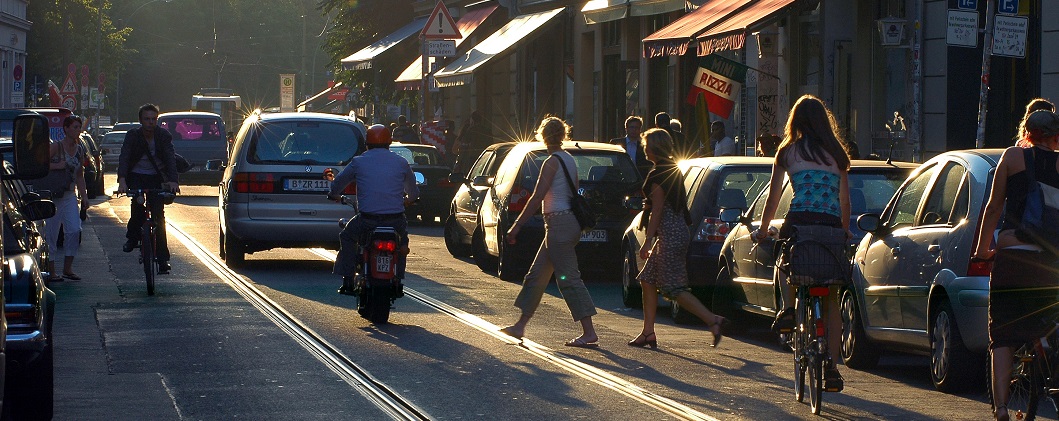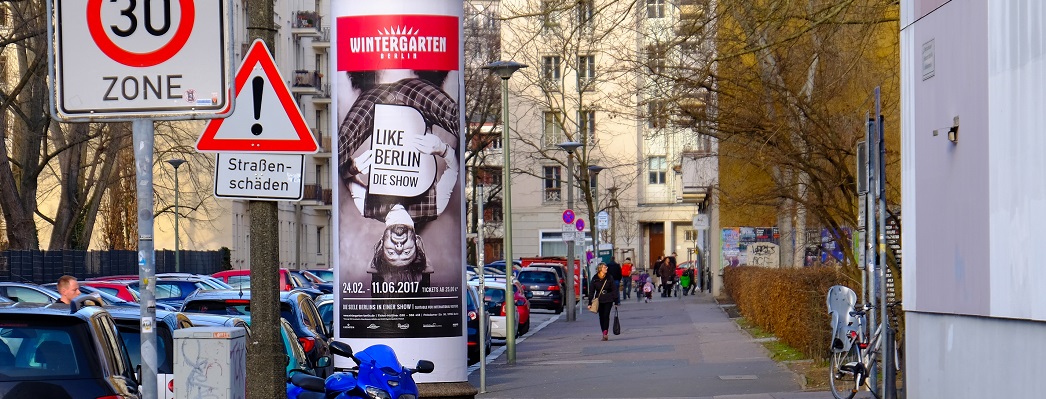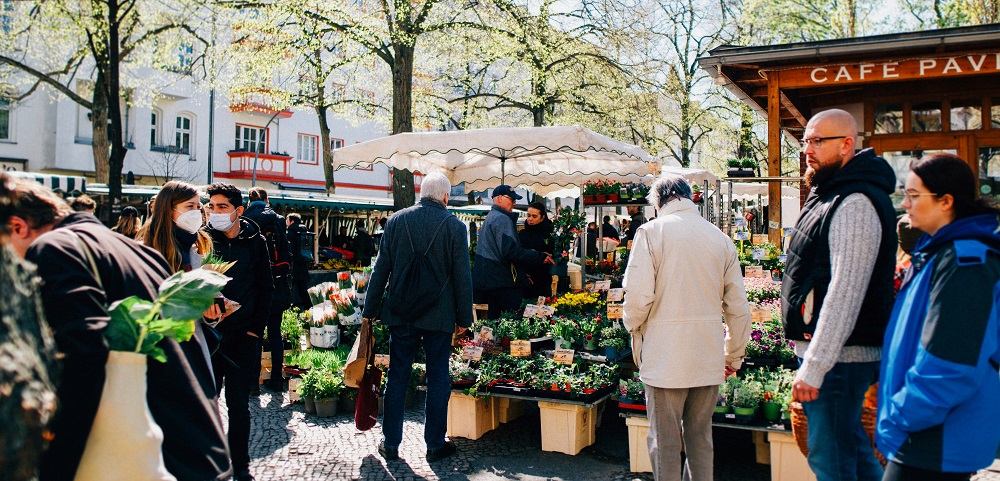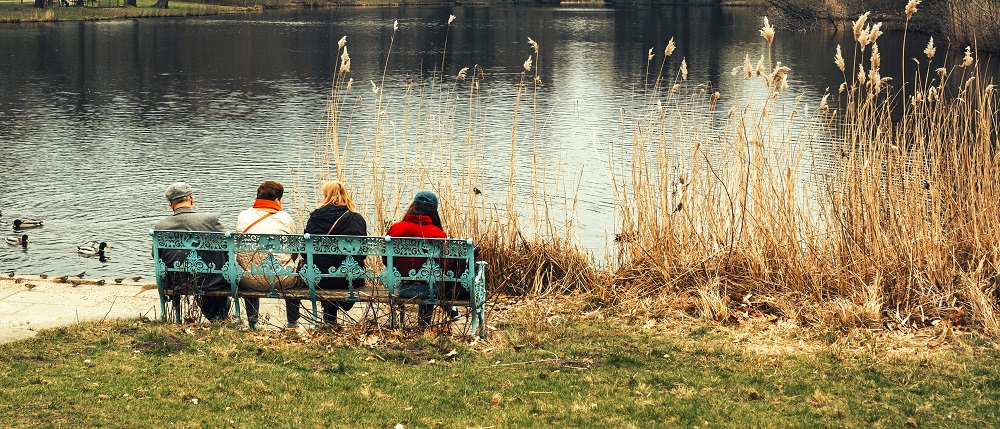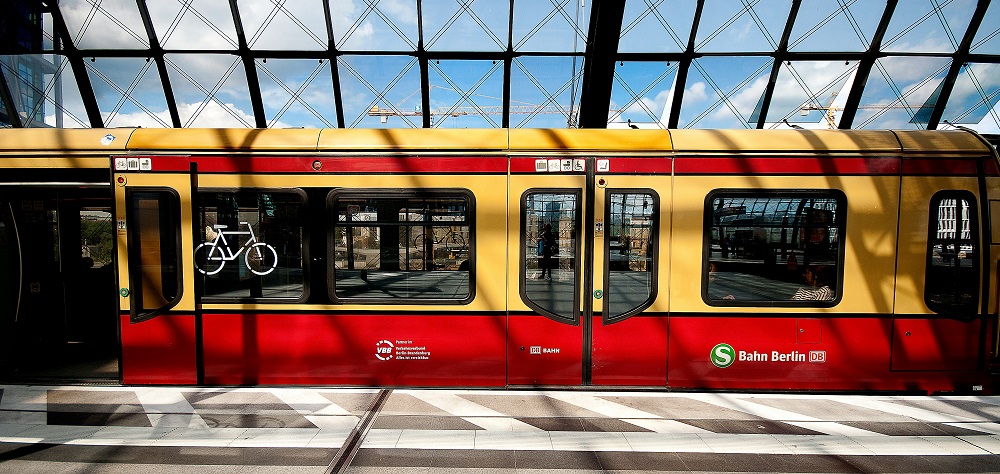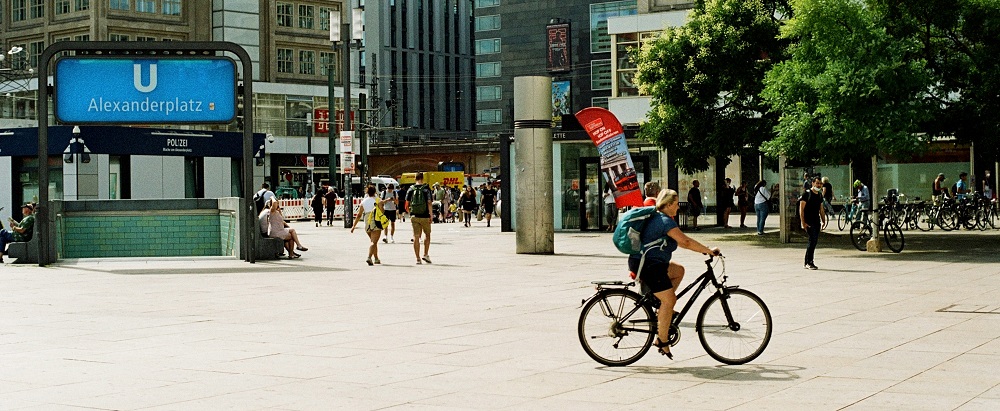Straddling the River Spree in the northeast of Germany, Berlin is blessed with abundant greenery. Nearly a third of Berlin is covered in parks, gardens, forests, canals, rivers and lakes, and the city is unquestionably one of Western Europe's most scenic cities.
Germany's capital and largest city has built itself up and reinvented itself after the end of the Cold War as a forward-thinking Bohemian metro. The city's creative prowess often attracts expats moving to Berlin.
Living in Berlin as an expat
Berlin is cosmopolitan and eclectic. The city's laid-back bohemian culture combined with characteristically German efficiency makes it a desired posting for many professionals.
Unemployment rates are still relatively high, but those with the right skills are sure to secure employment in Berlin. More of a creative hub than corporate, Berlin's residents will find that suits are relatively rare on the city's wide avenues and job opportunities for expats in the financial or other formal sectors can be limited.
Berlin has plenty to keep its residents occupied. Its streets are lined with trendy cafés, eateries, bars, and clubs of nearly every persuasion, as well as interesting galleries, art studios, and theatres. The city's rich history and prolonged division also mean there are a slew of museums, monuments, and other fascinating attractions and reminders that are sure to tickle history buffs.
Housing is abundant and affordable in Berlin. Everyone, from young professionals and families, can find a home that is suitable to their needs. There are 12 districts, with 97 neighbourhoods across the city. A downside to renting accommodation in Berlin is that most apartments are completely unfurnished, which may come as a shock if you're from a country where rentals are furnished.
Lifestyle in Berlin
Accommodation in Berlin
Cost of living in Berlin
Many expats choose Berlin for its relatively gentle cost of living. The cost of accommodation is more affordable than in most European capitals. As a result, artists, designers, musicians, writers, and performers are increasingly deciding to call Berlin home.
Accommodation in Berlin is usually more affordable in other German cities, but most rental properties in the city come completely unfurnished, so this is an expense you'll have to budget for. Transport and groceries are also fairly affordable, depending on where you shop.
Families and children in Berlin
Berlin also benefits from excellent civic services, including an easy and efficient public transport system, effective healthcare and first-rate education opportunities, especially when it comes to higher learning.
The city is also dotted with an abundance of green spaces, perfect for active families or those who like a picnic. Though young professionals may want to live in the city centre among the action, Berlin also boasts several leafy and quiet neighbourhoods ideal for families to settle in. The city's position makes it the perfect base from which to explore the rest of Germany, as well as Eastern and Western Europe.
Getting around in Berlin
Healthcare in Berlin
Education and schools in Berlin
Climate in Berlin
Berlin has a continental climate with biting winters, hot summers and mild autumn and spring seasons. The weather in summer (June to August) is mostly pleasant and sunny, with temperatures averaging 73°F (23°C). Winters (December to February) can be bitterly cold and damp, with temperatures hovering around freezing. The weather in Berlin is exceptionally unpredictable, and an umbrella is always a good idea when leaving the house.
Though some native Berliners are abandoning the city for greener pastures of employment, there continues to be a massive influx of internationals to the city. Expats moving to Berlin can certainly look forward to a healthy, diverse community imparting its own character to the German capital.

